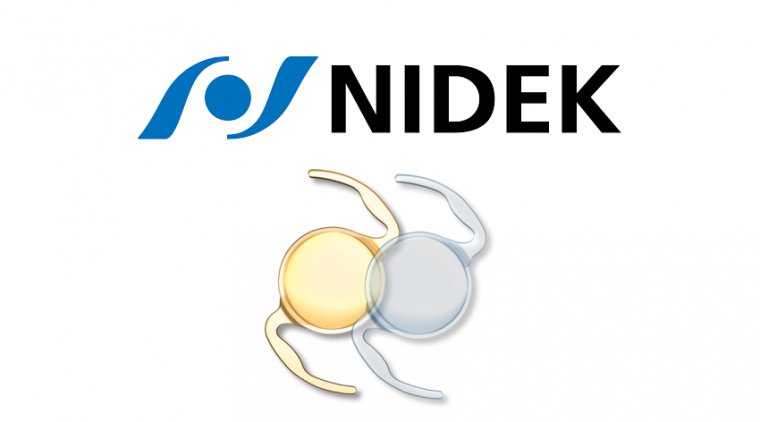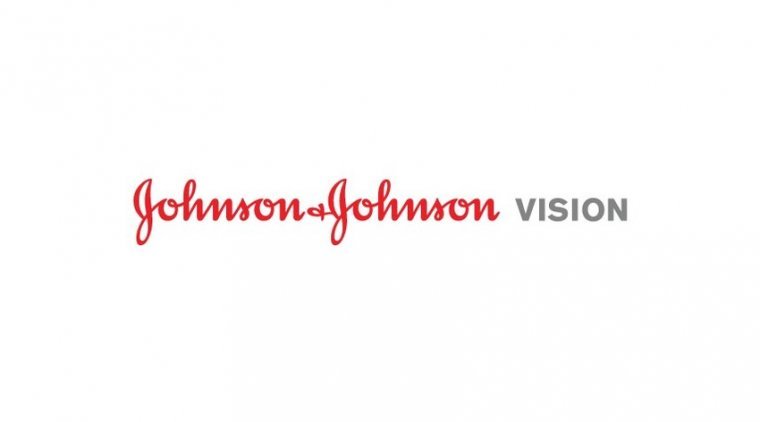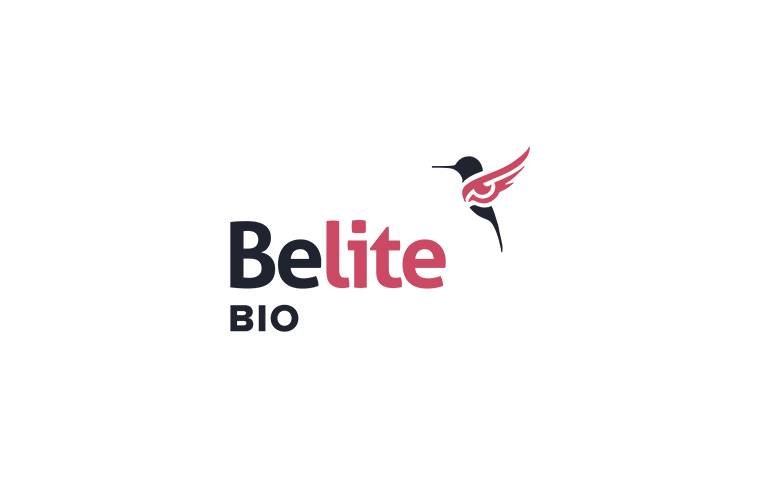
MHRA Issues National Patient Safety Alert for NIDEK’s EyeCee Preloaded IOLs
The Medicines and Healthcare products Regulatory Agency (MHRA) has recently issued a National Patient Safety Alert due to reports of increased intraocular pressure in patients recently implanted with EyeCee One preloaded and EyeCee One Crystal preloaded intraocular lenses (IOLs), which are manufactured by NIDEK and distributed by Bausch + Lomb U.K. Ltd.
Increased intraocular pressure can lead to optic nerve damage and vision loss if left untreated.
On January 26, 2023, a Device Safety Information notification (DSI/2023/001) was issued, instructing users to stop using preloaded EyeCee One and EyeCee One Crystal IOLs immediately and quarantine them until further investigations are completed. The notification was issued due to an increase in intraocular pressure, although the root cause has not been identified yet.
Nidek has issued a Field Safety Notice (FSN) that should be followed in response to the issue. Investigations are ongoing with the manufacturer.
The agency urges providers of ophthalmic surgery to take these actions immediately:
1. Urgently identify whether you have implanted any EyeCee One preloaded and EyeCee One Crystal preloaded intraocular lenses (IOLs) since 1 October 2022.
2. Confirm with the nominated person as indicated in the DSI that you have immediately stopped using these products, that any unused product has been quarantined, and you have actioned the FSN and returned the FSN Acknowledgement Form.
3. Contact any patients (preferably by telephone) who have received these lenses since 1 October 2022 and undertake a patient-centred risk assessment to determine the appropriate clinical follow-up required (see additional information, including a suggested template communication).
4. Put in place an action plan for a rapid access pathway to the cataract surgery provider for those patients found at screening to have high intraocular pressures. The cataract provider will undertake further assessment
5. When changing to a suitable alternative IOL ensure you have undertaken a local risk assessment, paying particular care to biometry calibration requirements.
6. Report occurrences of high intraocular pressure associated with these products through your healthcare institution’s local incident reporting system and/or your national incident reporting authority as appropriate: (England, Scotland, Wales, and Northern Ireland) and Bausch + Lomb U.K. Ltd.
Information on Adverse Incidents
The MHRA is aware of 4 centres experiencing reports of high intraocular pressure with some patients. One site has experienced a rate of approximately 2-4% and most affected patients experienced minimal symptoms. The time to onset of raised pressure is also variable from days to a few weeks. No patient group has been observed to be at higher risk of experiencing high intraocular pressure, although pre-existing ocular hypertension and glaucoma may be pertinent. The MHRA is not aware of any reports of this issue prior to October 2022. There have also been similar reports in other countries.
(1).jpg)










